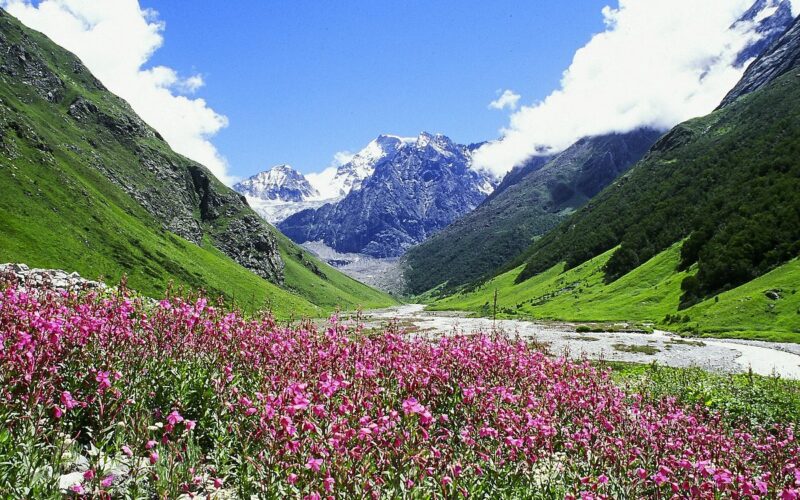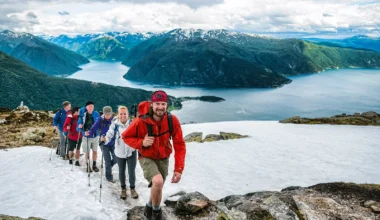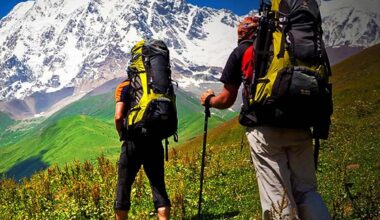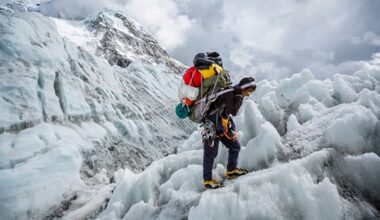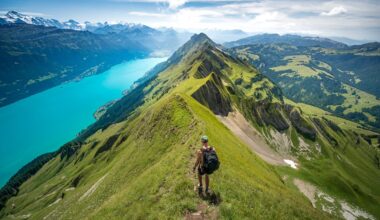Nestled in the lap of the Himalayas, the Valley of Flowers in Chamoli, Uttarakhand is a UNESCO World Heritage Site and one of India’s most scenic trekking destinations. Known for its vibrant alpine meadows, exotic flora, and snow-capped mountain backdrop, this valley is a paradise for trekkers, nature lovers, and photographers alike.
In this blog, you’ll find everything you need to know before planning your trek, from the best time to visit to detailed itineraries and travel tips.
History and Significance
The Valley of Flowers was discovered in 1931 by British mountaineer Frank S. Smythe, who was mesmerised by the valley’s natural beauty. Since then, it has become world-famous for its rich biodiversity and spiritual significance. Locals believe the valley is blessed by fairies and gods, making it not just a trek, but also a soulful experience.
Location and How to Reach
The valley is located in Chamoli district of Uttarakhand, at an altitude of around 3,658 metres.
How to Reach:
- By Air: The nearest airport is Jolly Grant Airport, Dehradun (approx. 295 km).
- By Rail: Rishikesh (approx. 270 km) is the nearest major railway station.
- By Road: Govindghat is the base village, well-connected by roads from Haridwar, Rishikesh, and Joshimath.
From Govindghat, trekkers hike up to Ghangaria (13 km) and then proceed to the Valley of Flowers (3 km further).
Trekking Route and Difficulty
The trek to the Valley of Flowers is moderate in difficulty, suitable even for first-time trekkers with basic fitness.
- Govindghat to Ghangaria: 13 km trek along the Pushpawati River.
- Ghangaria to Valley of Flowers: 3–4 km trail through meadows.
- Optional Extension: Hemkund Sahib (6 km steep trek from Ghangaria).
Total trek duration: 4–6 days depending on pace and itinerary.
Best Time to Visit
The valley opens to trekkers from June to October, when the snow melts and wildflowers bloom.
- July – August: Peak bloom season with hundreds of flower species.
- September – October: Clear skies, great for photography, but fewer flowers.
Flora and Fauna
The valley is home to more than 500 species of flowers, including the rare Blue Poppy, Himalayan Bellflower, and Brahma Kamal.
Wildlife includes Himalayan black bears, snow leopards, musk deer, and colourful birds like the Himalayan monal.
Things to Carry
- Good trekking shoes
- Warm clothes and rain gear
- Trekking poles
- Camera and power bank
- Government ID and permits
Travel Tips
- Entry to the valley is regulated – carry permits.
- Stay overnight at Ghangaria; camping is not allowed inside the valley.
- Alcohol, smoking, and littering are strictly prohibited.
- Hire local guides or join organised trekking groups for safety.
Suggested Itinerary (5 Days)
- Day 1: Rishikesh → Govindghat
- Day 2: Govindghat → Ghangaria (13 km trek)
- Day 3: Ghangaria → Valley of Flowers → back to Ghangaria
- Day 4: Optional trek to Hemkund Sahib (6 km steep)
- Day 5: Return trek to Govindghat → Rishikesh
Why You Should Visit
The Valley of Flowers in Chamoli, Uttarakhand, is more than just a trek—it’s a journey into nature’s untouched paradise. With colourful meadows, glacial streams, and breathtaking Himalayan views, this trek is a once-in-a-lifetime experience for travellers.
If you’re planning a Himalayan adventure, you can explore more treks like Valley of Flowers and Hemkund Sahib on Trekking Search. It’s a one-stop platform for discovering the best trekking routes, itineraries, and guides.
